Solving real-world problems and creating actual value.
Written by: Deep Tide TechFlow
On the occasion of the tenth anniversary of the Ethereum mainnet launch, the established public chain project IOTA also celebrates its tenth year of existence.
Ten years ago, when someone proposed the idea of building a decentralized infrastructure to attract users, developers, and even large enterprises and governments to create a completely revolutionary digital world, many people found it far-fetched, as blockchain was still a niche term spoken only by a few geeks;
Today, ten years later, blockchain has gradually evolved into a cornerstone driving financial innovation, data security, supply chain optimization, and the digitalization of global trade. With tech giants launching a new round of initiatives and governments around the world rushing to enter the crypto space, the once lofty ambitions of blockchain have transformed into significant opportunities within reach.
Ten years ago, in the same year that the Ethereum mainnet officially went live, IOTA was born, with its unique focus on large enterprises and government, aiming to create actual value by solving real-world problems, accelerating the penetration of decentralized power, and bringing about paradigm-level innovations in the real-world applications of blockchain.
Today, ten years later, with the Rebased mainnet upgrade, the launch of the decentralized digital trade infrastructure TWIN, and deep collaborations with government departments in several countries including Kenya, the Netherlands, and the UK, IOTA is once again active in the forefront of the crypto space.
Through the sands of time over the past decade, from IoT to DeFi, RWA to the global digital trade foundation, what is the evolutionary path that IOTA, once a top ten project on Coinmarketcap, continues to stand firm as a veteran in the blockchain space?
Facing a sustainable development ecosystem composed of real users, real landing scenarios, and real profits, what opportunities does IOTA hold for participation?
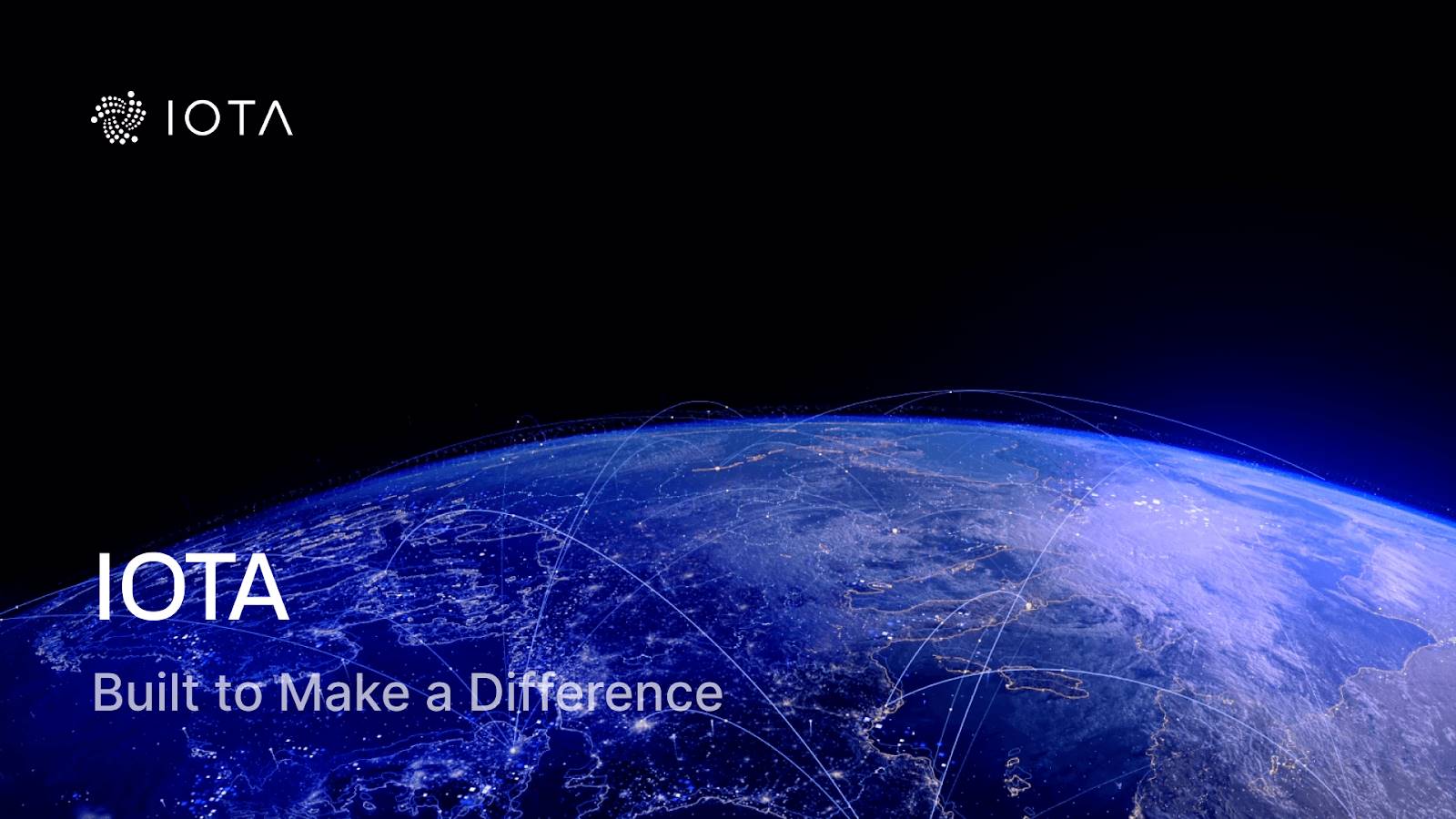
Internal and External Dual Circulation: Sustainable Ecological Benefits in Real Assets and Scenarios
One of the key advantages of established public chains lies in accumulation.
Over ten years of meticulous cultivation, from Web3 native DeFi to large-scale real-world applications of blockchain, IOTA has built a clear internal and external dual circulation system while pursuing compliance.
Internal Circulation: A Diverse Ecological Landscape Throughout the Asset Lifecycle
The IOTA ecological landscape encompasses multiple modules including DeFi, RWA, NFT, GameFi, and Meme, forming a complete closed loop from asset issuance and trading to profit management, providing users with multi-layered and multi-dimensional financial services and innovative experiences.
It is well known that DeFi is the financial pillar of public chain ecosystems, and the three driving forces behind DeFi are: DEX, lending, and stablecoins.
As the first DEX deployed after the IOTA Rebased upgrade, Pools aims to achieve seamless exchanges of on-chain assets, with high liquidity and low-cost trading experiences marking an important milestone in IOTA's ecological infrastructure.
Deepr is a secure and efficient lending platform within the IOTA ecosystem, providing digital asset lending services and offering users efficient leverage to achieve higher returns.
The recently launched Virtue, on July 14, is the first native stablecoin protocol in the IOTA ecosystem. Users can mint over-collateralized stablecoins vUSD by locking IOTA or stIOTA, featuring a unified stable pool design, fixed-rate lending, and support for flash loans/flash minting, and is now deeply integrated with ecological protocols such as Swirl Stake and Pools Finance.
Beyond the three driving forces, the IOTA ecosystem has also developed diverse liquidity and yield-generating mechanisms around its native token $IOTA.
Swirl is a liquidity staking protocol supported by the IOTA Foundation, allowing users to stake IOTA to earn stIOTA, earn staking rewards, and gain richer DeFi returns through stIOTA.
At the same time, LiquidLink recently launched the IOTA on-chain points system: as a one-stop platform, LiquidLink aims to simplify the Web3 participation experience through intuitive portfolio management, a points system, and customized on-chain identities, enabling real-time community participation management and fair and transparent incentive distribution. Currently, the IOTA on-chain points system has established cooperation with Swirl, and the Swirl LST points system is about to launch, allowing users to earn points by staking IOTA tokens through Swirl, with each stIOTA held in the wallet earning 1 point per hour, which will grant various ecological rights in the future. LiquidLink will promote integration with protocols like Pools and Virtue to provide more ways to earn points.
In addition, the IOTA ecosystem also features a token asset issuance platform and asset tokenization modules: the token issuance platform provides comprehensive support for projects within the IOTA ecosystem, from community building to token issuance, helping quality projects grow rapidly; the asset tokenization solution offers an efficient and convenient channel for bringing quality real-world assets on-chain, providing users with more diverse investment options while promoting the deep integration of traditional assets with blockchain technology.
The internal circulation of the ecosystem under a diversified pattern not only lays a solid foundation for the high activity of the IOTA ecosystem but also, through the synergy between various modules, empowers IOTA to continuously explore outward, extending from a single financial service to more diversified socio-economic fields.

External Circulation: Linking Real Scenarios to Create Sustainable Value
IOTA focuses on providing landing solutions for real-world scenarios, empowering cross-border trade, supply chain management, asset tokenization, and other fields, bringing larger-scale users and funds into the ecosystem, and creating real value in real scenarios, providing ecological participants with sustainable returns based on real assets.
The most vivid example is the decentralized global digital trade system TWIN, officially launched on May 8, 2025, in Lusaka, Zambia, and its applications in countries like the UK, Poland, the Netherlands, and Kenya.
As the next-generation digital infrastructure, TWIN stands for Trade Worldwide Information Network, leveraging open modular infrastructure and distributed ledger technology (DLT) to facilitate trust and transparency, secure and decentralized data exchange, open-source and compliance designs to achieve powerful interoperability, scalability, and traceability, bringing real-time, verifiable data sharing to global supply chains, significantly enhancing the transparency, trust, and efficiency of international trade.
Based on the TWIN technology framework, IOTA collaborated with the UK Cabinet Office to create a border trade demonstration project, efficiently tracking over 900 batches of poultry goods from Poland to the UK between 2024 and 2025, promoting instant and secure data sharing between global supply chains, showcasing TWIN technology's powerful capabilities in supporting decentralized digital trade across industries and regions.
Earlier than TWIN, TLIP also focused on enhancing cross-border trade efficiency but with a greater emphasis on logistics modules, widely applied in the African market: as a trade logistics information pipeline, TLIP stands for Trade and Logistics Information Pipeline, aiming to simplify information exchange and promote cross-border cooperation and international trade, and is capable of tokenizing assets related to trade financing and commodity transactions to facilitate the development of RWA on IOTA.
Previously, in 2024, IOTA reached a collaboration with the Kenya Revenue Authority, establishing a TLIP node to improve the data flow of export trade certificates. The most representative industry improvement is in flower exports, where Kenya is the world's third-largest flower exporter, with roses being the main export variety. Through TLIP, Kenya has established an efficient, transparent, real-time tracking, and robust global cross-border trade system.
Additionally, RESULD utilizes TLIP to achieve digital operations, simplifying the fresh produce supply chain between Kenya, the Netherlands, and the UK, reducing disruptions, enhancing product quality, and ensuring compliance with ESG standards.
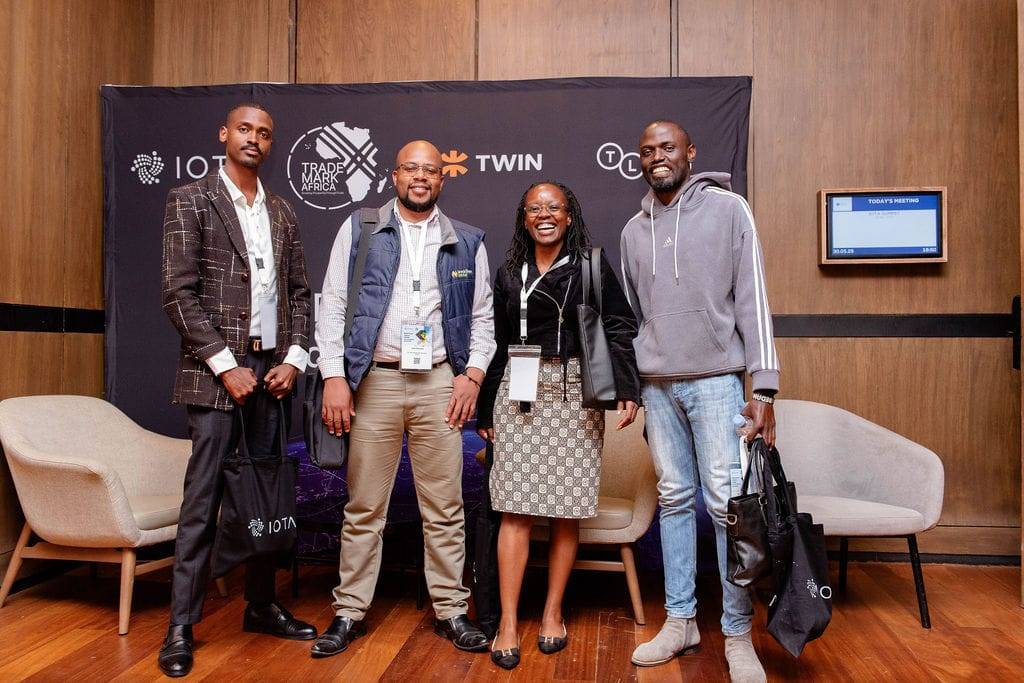
Beyond cross-border trade scenarios, Realize is IOTA's exemplary RWA collaboration in the Middle East.
As a tokenization platform headquartered in Abu Dhabi, Realize is also the first tokenized government bond fund in the Middle East. The platform not only supports the tokenization of real-world assets but also integrates tokenized assets into rich DeFi scenarios, further enhancing asset liquidity and yield opportunities, bringing real value to investors.
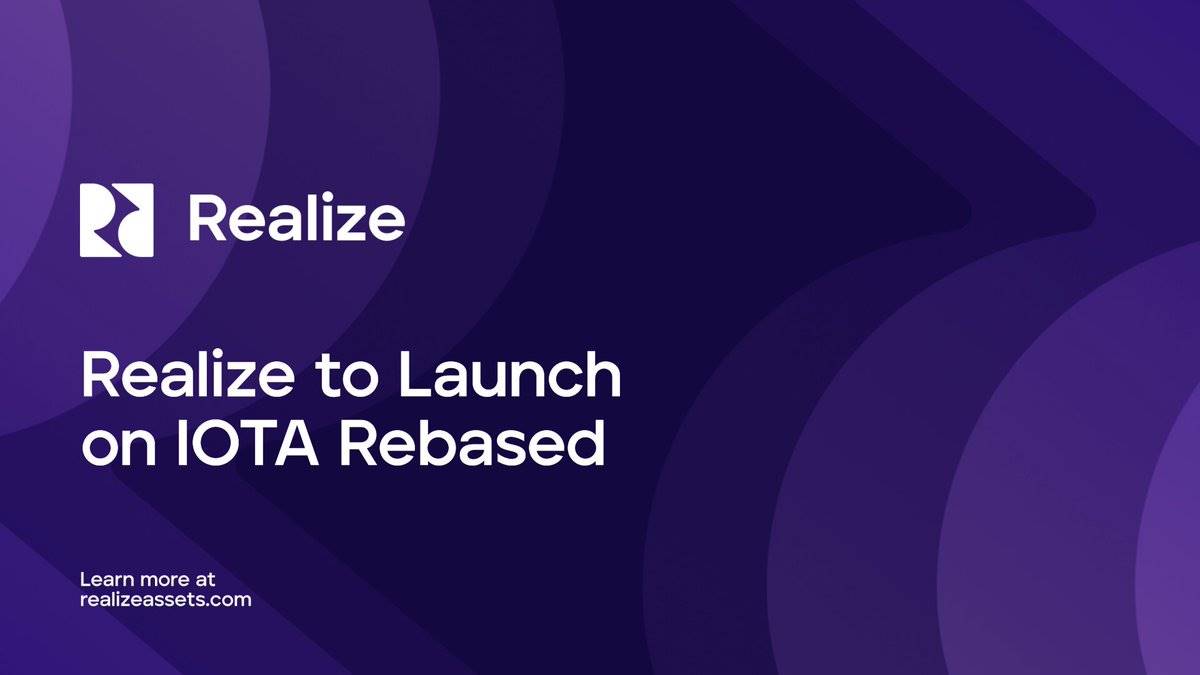
Furthermore, IOTA has successively established collaborations with countries such as Peru, the Netherlands, the Arab region, and Japan, exploring blockchain and DLT innovations to drive sustainable digital transformation in dimensions such as smart cities, digital government, cross-border trade, energy, and petrochemicals.
Compliance: Global Strategic Layout to Further Promote Institutional and National Adoption
Of course, government-level collaborations are built on a strong compliance foundation.
The importance of compliance is self-evident, but among all the advantages of public chain development, the compliance advantage is the hardest to replicate and replace. It is a complex process that requires long-term investment and continuous effort. In the process of large-scale adoption in the real world, building trust, especially government trust, requires not only significant investment from professional teams in the legal and regulatory fields but also long-term communication and collaboration with governments, institutions, and other stakeholders.
Since its inception, IOTA has placed great importance on compliance work and has gradually accumulated advantages over years of development:
In the Middle East, IOTA has obtained Islamic finance compliance certification and established the first regulated compliance foundation in Abu Dhabi, injecting over $100 million worth of IOTA tokens to support the development of the IOTA ecosystem, further opening up the MENA market.
In Europe and North America, IOTA is a member of the European Blockchain PCP program, which is funded by the European Commission and aims to design new distributed ledger technology (DLT) solutions that comply with EU regulations. Additionally, IOTA is a member of the UK Crypto Industry Association CryptoUK and has established cooperation with the Global Blockchain Business Council (GBBC), which has included IOTA and TWIN in the "101 Real-World Blockchain Use Cases Handbook," showcasing the practical applications of IOTA technology in international trade.
In Asia, IOTA provides relevant crypto regulatory consulting advice to the Securities Commission of Malaysia and the Financial Services Agency of Japan.
In Africa, the IOTA Foundation has established collaborations with well-known entities such as the World Economic Forum, the Tony Blair Institute, the African Trademark Institute, the Institute of Import and International Trade, and the Global Trade Facilitation Alliance, helping to simplify information exchange and promote cross-border cooperation and international trade, exploring the applications of TWIN and TLIP in broader scenarios.
According to the IOTA team, based on the success of TWIN in countries like Kenya and Zambia, the goal of TWIN is to serve over 30 countries in Africa by 2032. Meanwhile, IOTA will further strive to promote TWIN beyond Africa to the world: currently, IOTA has planned to promote TWIN's application in cross-border trade in Asia and the Americas.
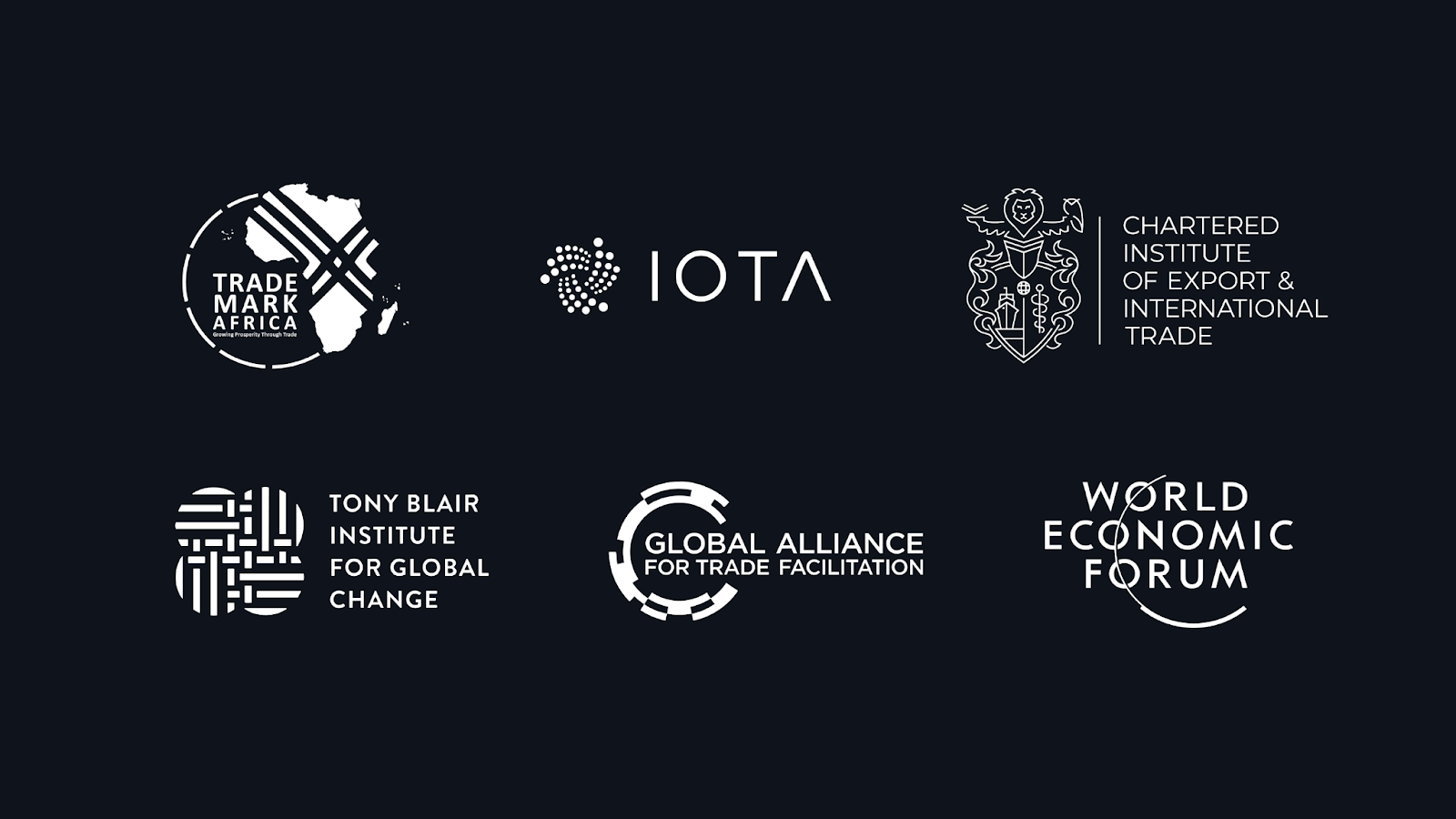
On the solid foundation of compliance development, IOTA, through the deep synergy of internal and external dual circulation, has not only built a complete closed loop covering asset issuance, trading, management, and profits within the blockchain ecosystem, achieving efficient circulation and innovative applications of assets, but has also successfully empowered cross-border trade, supply chain management, asset tokenization, and other fields through deep integration with the real world, creating genuine long-term and sustainable value for ecosystem participants.
As the foundation supporting the large-scale landing of blockchain in real-world scenarios, IOTA has never slackened in its technical advancements since its inception.
New Technology Stack: A Foundation for Large-Scale Real-World Adoption
The technological competition among public chains is akin to a contest of car engines, fundamentally determining how large a public chain can grow and how far it can run.
As an established Layer 1 that has emerged from multiple rounds of public chain battles, IOTA not only possesses the technical accumulation from these competitions but also embodies the unique rigor and seriousness of established public chains in technology, which was fully demonstrated in the IOTA Rebased mainnet upgrade conducted in May this year.
From its inception, IOTA has stood out in the Web3 industry with its innovative Tangle architecture: Tangle is a directed acyclic graph (DAG) structure that achieves consensus on transaction validity without the need for separate miners. The Tangle architecture endows IOTA with high throughput, strong scalability, and no transaction fees, but it also has issues such as central dependency.
To pursue complete decentralization and scalability, enabling technology to truly solve real problems and create actual value, coupled with the rise of the Move ecosystem, IOTA embarked on a technological upgrade exploration and completed the Rebased mainnet upgrade in May 2025.
Rebased Mainnet Upgrade: The Industry's First Dual Smart Contract Ecosystem
The upgraded IOTA network has achieved significant improvements across multiple dimensions, including performance, security, smart contract ecosystem, and economic model:
The highlight of this upgrade is that IOTA has become the industry's first dual smart contract ecosystem: Previously, IOTA announced the launch of the EVM-compatible L2 solution IOTA EVM, introducing features such as smart contracts, cross-chain functionality, parallel processing, and enhanced security against MEV attacks; after the Rebased mainnet upgrade, IOTA maintains L2 EVM compatibility while supporting Move language-based smart contracts on L1, becoming the third leading L1 network to adopt Move after Aptos and Sui. By supporting two major smart contract ecosystems, developers can easily build products based on IOTA, further enriching the ecosystem's imagination.
In terms of performance, IOTA boasts a processing capacity of over 50,000 TPS and sub-second confirmation times, not only meeting the demands of high-frequency trading scenarios but also providing a solid foundation for more complex smart contract executions.
Regarding security and decentralization, IOTA has received node support from top industry institutions including LugaNodes, KILN, Twinstake, Ankr, and will introduce over 150+ validation nodes in the future, further achieving a highly decentralized network structure.
At the same time, IOTA has also introduced staking rewards with an APY of up to 15% through the upgrade, allowing users to earn rewards by staking IOTA tokens. The staking mechanism not only provides long-term economic incentives for token holders to participate in the network but also enhances the network's security and stability, with the current network staking rate at 46.58%.
More importantly, IOTA has designed a dynamic fee mechanism and a token burn mechanism: The dynamically adaptive fee mechanism will automatically adjust transaction fees based on network activity, with a portion of transaction fees being burned (i.e., permanently removed), thereby reducing the token supply and positively impacting the token price while enhancing the network's economic model.

Components and Puzzle Pieces: Building a Solid Foundation for a Decentralized Digital World
Based on IOTA's research and pursuit of technology, a smooth user experience has been brought about, and IOTA has gained the ability to build rich components to create a complete decentralized digital economy infrastructure. In the process of connecting Web3 with the real world, if you have any innovative ideas, you can easily realize them.
Based on the dual smart contract ecosystem, IOTA has built multiple innovative technical components, providing strong technical support for ecosystem development.
In the previous section, we have already gained a preliminary understanding of the important roles of the two components, TWIN and TLIP, in government-level cooperation, but the technical principles and specific differences between them may still be somewhat unclear.
In simple terms, TLIP was launched three years ago, primarily aimed at improving trade processes in East Africa, while TWIN was launched this year, leveraging the series of advantages following the Rebased mainnet upgrade. TWIN is more open, inclusive, decentralized, and has stronger interoperability, capable of supporting multiple trade ecosystems globally.
For any cross-industry and cross-regional trade, especially for small enterprises in low- to middle-income countries where digital economic infrastructure is not as developed, TWIN offers a way to achieve more efficient global trade management at a lower cost, encompassing data spaces, digital product passports, logistics tracking, and other aspects.
Of course, the strength of TWIN is the result of the synergistic effects of multiple components within the IOTA ecosystem.
IOTA Wallets serve as an important entry point for users into the IOTA ecosystem, laying the foundation for the popularization and application of the ecosystem with their user-friendly interface and features;
IOTA Identity, as a decentralized identity framework, aims to provide a framework for identity verification, validation, and secure data exchange.
IOTA Tokenization is a significant driving force behind the rapid development of RWA in the IOTA ecosystem, serving as an asset tokenization solution that helps easily issue and manage digital assets;
IOTA Notarization, as an open-source modular toolkit, is used to record and verify data integrity, protecting data from fraud, loss, and manipulation, unlocking use cases such as property protection, digital passports, and real-time systems in supply chains and IoT.
In addition, for developers, IOTA also provides a series of practical tools:
IOTA Tooling is a comprehensive development toolkit that provides developers with the necessary tools to help quickly build and deploy applications;
IOTA Gas Station allows developers and enterprises to cover users' transaction fees, enabling gas-free transactions at the user level, simplifying the threshold for Web3 interactions, and creating a smoother Web3 experience.
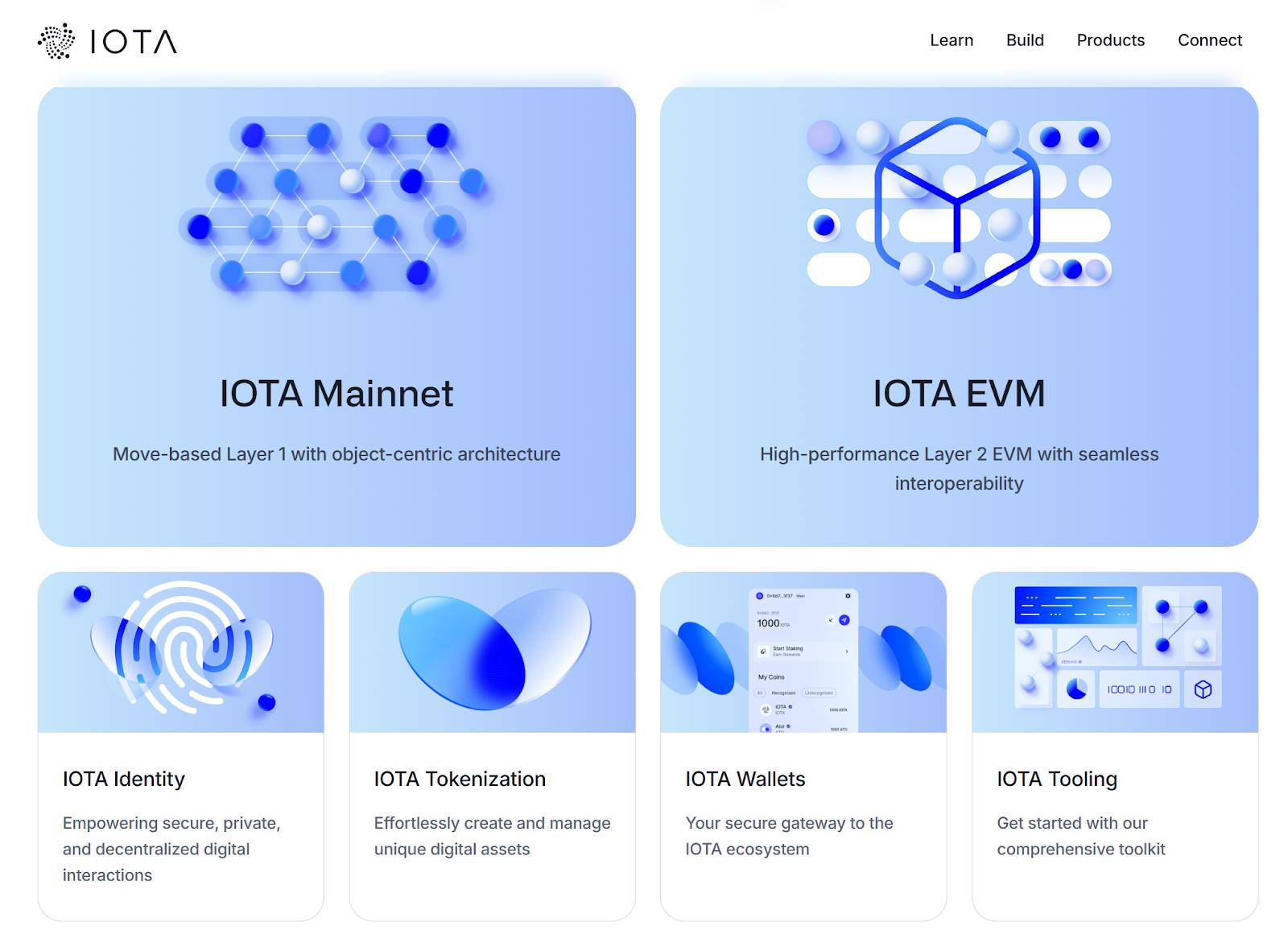
The powerful underlying technological foundation combined with rich components and tools enables IOTA to push the protocol beyond speculation, truly solving real problems and creating actual value, leading blockchain into the era of practicality.
After completing the Rebased upgrade and launching TWIN, among other milestones in the first half of the year, IOTA will continue to focus on technological iteration, ecosystem expansion, and developer attraction in the second half of the year.
Technological Iteration + Ecosystem Funding: Multiple Measures to Stimulate Ecosystem Vitality
According to the roadmap revealed by IOTA officials, the technological iteration of IOTA in the second half of 2025 will focus on better performance, lower thresholds, and stronger security.
On one hand, IOTA will carry out a series of work around protocol enhancements, including validator scoring, feedback mechanisms for canceling transactions during congestion, and gas fee predictors.
On the other hand, IOTA will focus on the continuous development of Starfish based on DAG optimization: Starfish is a new consensus protocol developed by IOTA, aimed at enhancing the stability and scalability of the previously adopted Mysticeti engine. While Mysticeti focused on low latency and simplified architecture, Starfish aims to balance security and scalability through a BFT method based on partially synchronized DAG. Starfish is currently under active development and is expected to be deployed on Devnet in the third quarter.
Additionally, to lower user thresholds, IOTA will introduce two major features: account abstraction and key integration: Account abstraction aims to replace simple external accounts with programmable on-chain accounts, thereby enhancing user experience and improving security through features like social recovery, providing teams with better fund management solutions. At the same time, key integration as an additional authentication method will further simplify the wallet login process and enhance account recoverability after syncing with cloud services.
The pursuit of excellence in technology will not only bring a smoother user experience but also continuously enhance the attractiveness for developers to build applications based on IOTA. In fact, developers, as the soul of the public chain ecosystem, have always received very special "privileges" in IOTA's ecosystem incentives.
Since 2025, IOTA has held two major hackathon events:
The first IOTA MOVEATHON hackathon is planned to run throughout 2025, with the inaugural event officially starting in March 2025. This hackathon focuses on developers interested in building projects using the Move language based on IOTA. Developers from around the world will build projects in four major areas: payment and consumption applications, real-world applications, DeFi, and tools and infrastructure, competing for a total prize pool of up to $150,000.
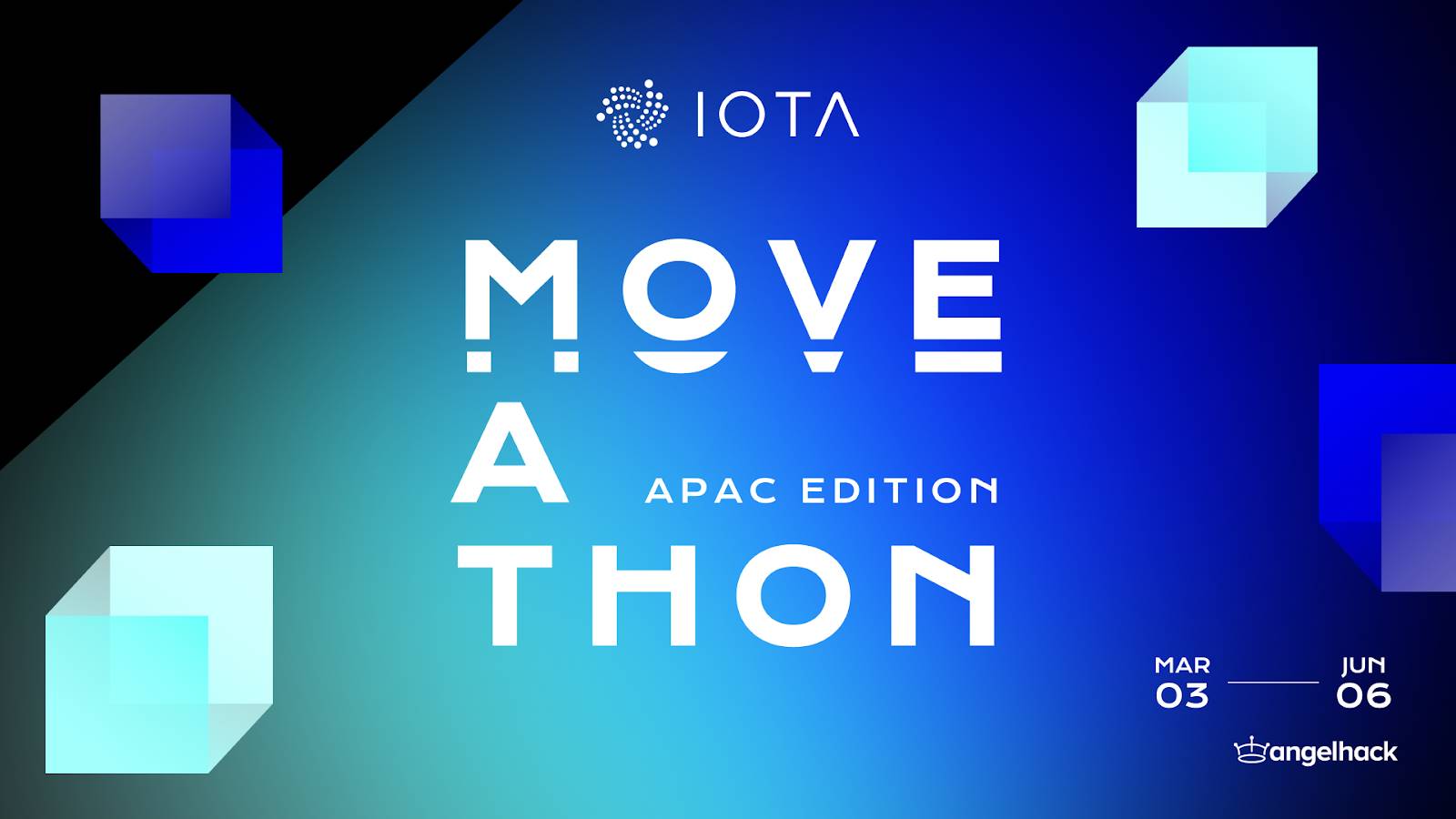
The second hackathon just concluded in Malaysia, held from July 19 to 21, 2025. As the title sponsor of the 2025 Malaysia Blockchain Week, the IOTA Malaysia 2025 hackathon aimed to attract top talent and promote the development of innovative Web3 solutions. The winners will share a $10,000 reward, and the top 10 teams will showcase their projects during Malaysia Blockchain Week, gaining attention and support from potential investors, partners, and innovative peers.
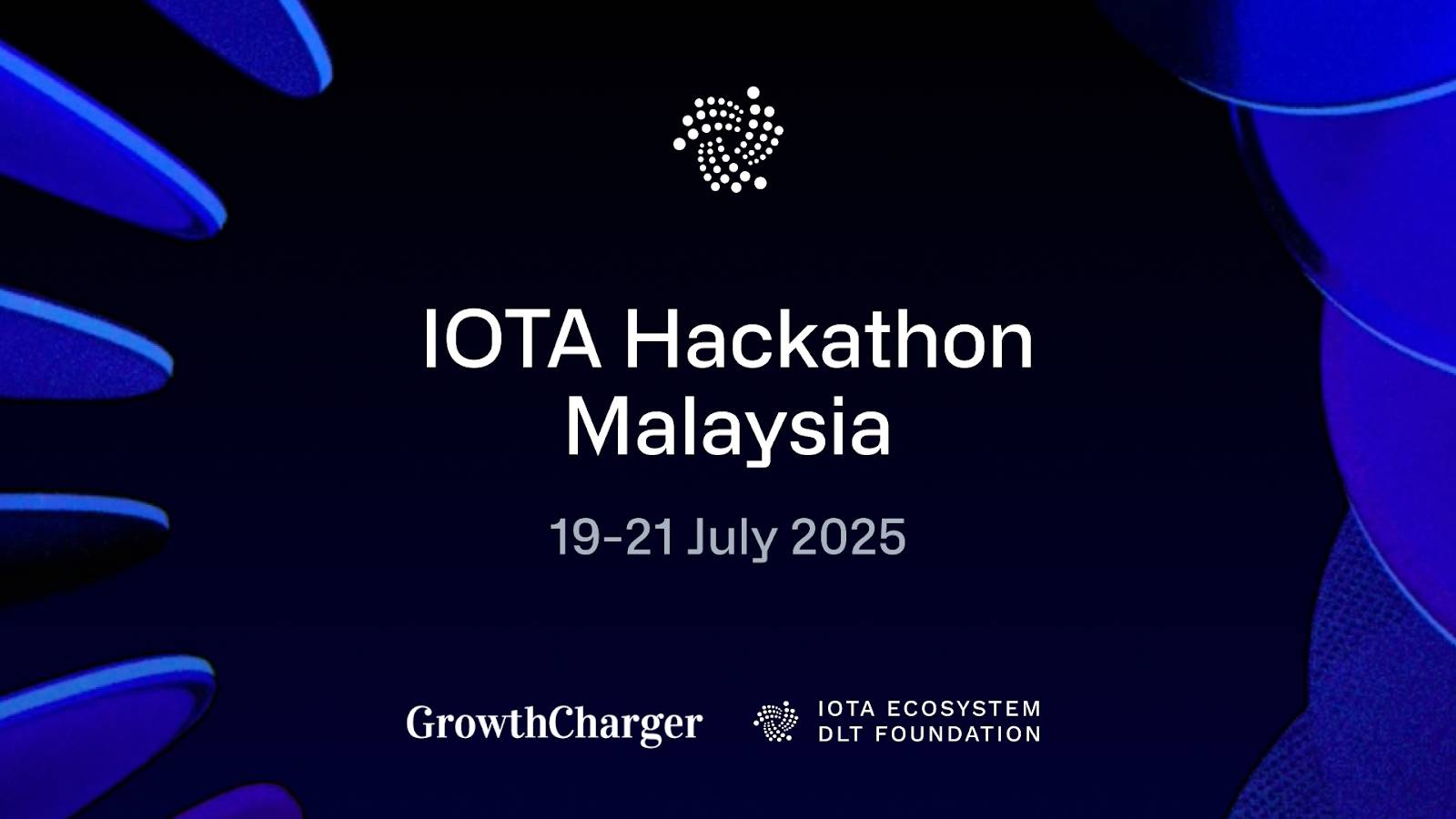
In addition to the irregularly held hackathon events, the IOTA Foundation has also opened two long-term developer incentive programs on its official website:
The IOTA Grants program is open to all participants in the ecosystem, with funding divided into three areas: open-source development, Web3 education, and community activities (such as hackathons and workshops). Approved applications can receive funding of over $50,000.
As of now, a total of 243 projects have submitted funding applications, of which 29 projects have been approved by the funding committee, covering various categories such as DEX, lending, and GameFi, with a total funding amount exceeding $2.87 million.
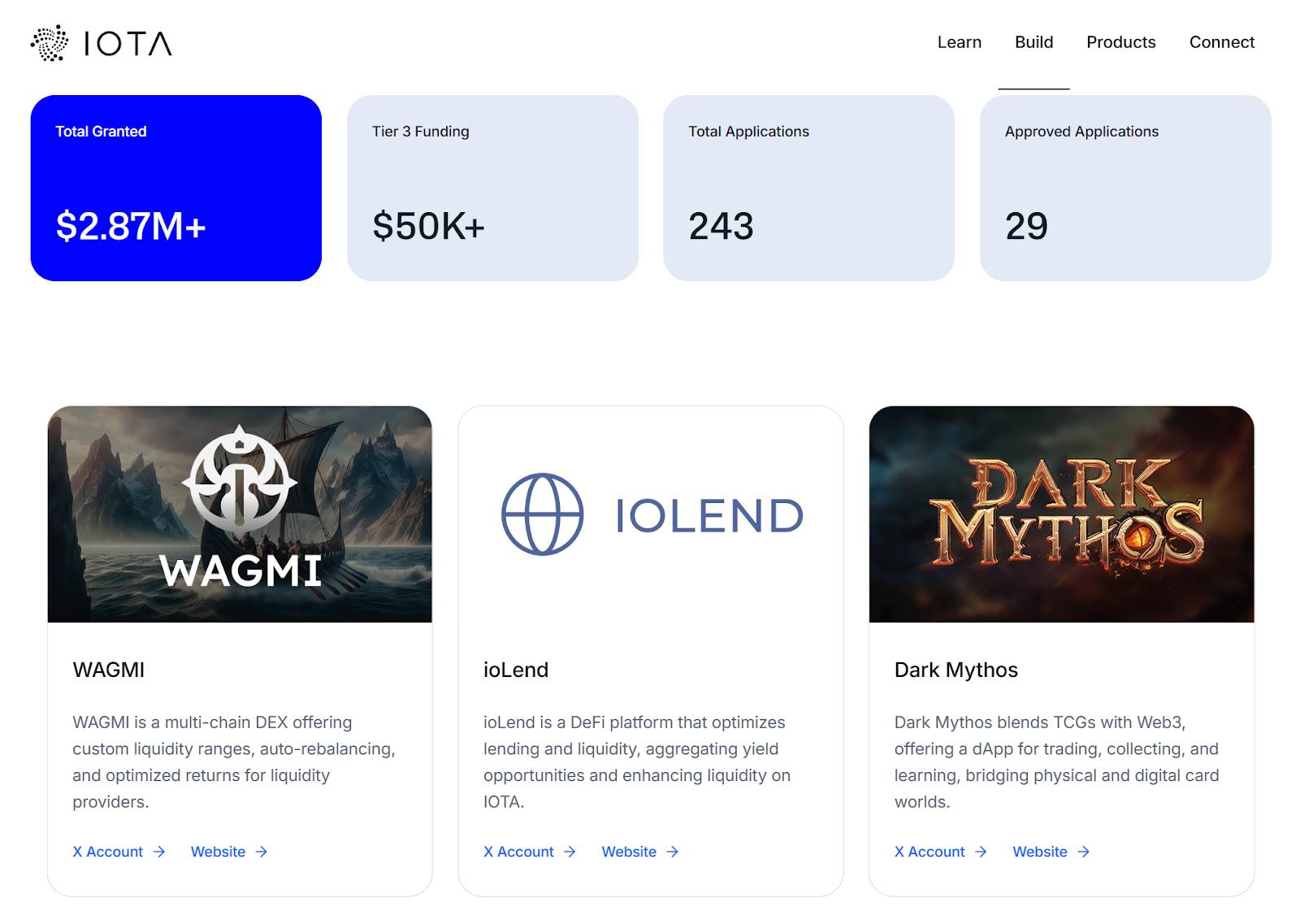
The IOTA Business Innovation Program focuses more on real-world applications, with key areas of focus including supply chain tracking, digital product passports, identity and access management, data integrity and compliance, and tokenization of real-world assets. This program aims to support startups, enterprises, and developers in transforming visionary ideas into scalable solutions, providing up to €100,000 in funding and technical and strategic support to each qualified applicant.
The application period for this program ends on December 31, 2025, and the first selected projects have already demonstrated strong problem-solving capabilities in various real-world scenarios: Impierce is a European company whose digital identity solution built on IOTA allows participation in the digital ecosystem without disclosing personal data. The digital product passport platform built by Orobo achieves full lifecycle traceability of products from raw materials to disposal; while ObjectlD provides verifiable and tamper-proof identity information for physical products.

For ordinary investors, more attention may be on IOTA's native token $IOTA.
As a native token, $IOTA is deeply tied to the ecosystem, playing important roles in transaction fees, staking, value transfer, and governance.
In December 2024, IOTA announced the introduction of a sustainable token economic model, where the total supply of $IOTA will fluctuate over time based on the balance between token inflation and transaction fee burn, with an annual inflation rate of around 6%. After completing the IOTA Rebased upgrade, 4.6 billion IOTA tokens were migrated from the Stardust network to the Rebased mainnet. Subsequently, 767,000 new IOTA tokens will be minted in each epoch.
In addition to the new token economic model, the high circulation ratio of $IOTA is also a topic of great interest in the community.
It is known that circulation is an important indicator of a token; a higher circulation often means stronger liquidity and better resilience against short-term market shocks. As a public chain project that has been around for 10 years, the current circulation ratio of $IOTA exceeds 80%, and the $500,000 raised during the 2015 ICO has long been marketized. With a healthier token structure, many community members believe that IOTA will be more able to prioritize community interests in the future.
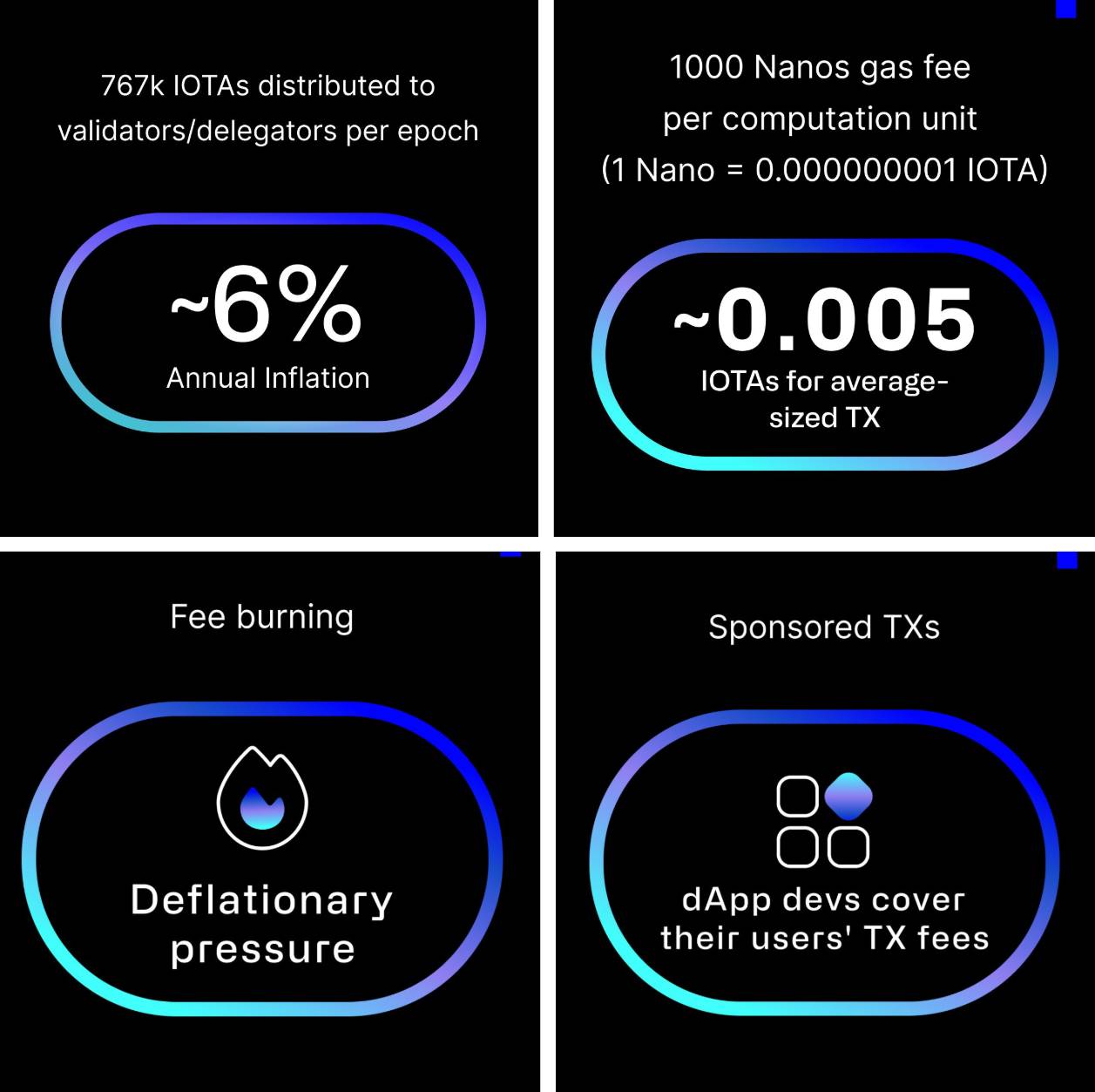
Solving real problems and creating actual value.
Whether in technological iteration or ecosystem collaboration, this phrase frequently appears in IOTA's content.
From 2015 to 2025, blockchain has moved from the geek's laboratory to the global economic stage, and in exploring the transformation and upgrading of the global digital economy, IOTA has already accumulated ten years of experience.
In these ten years, from a brand-new technology stack to compliance progress and ecosystem collaboration across multiple countries/regions, IOTA has turned the potential of blockchain technology into real productivity through practical actions.
As the new decade unfolds, facing the sustainable ecological blueprint built by IOTA with real users, real scenarios, and real benefits, IOTA will continue to focus on technology, compliance, and ecosystem collaboration, further expanding the ecosystem flywheel effect.
With the landing of multiple milestones, IOTA in the new cycle is also gathering strength to go further on the path of accelerating the penetration of decentralized forces into specific real-world scenarios.
免责声明:本文章仅代表作者个人观点,不代表本平台的立场和观点。本文章仅供信息分享,不构成对任何人的任何投资建议。用户与作者之间的任何争议,与本平台无关。如网页中刊载的文章或图片涉及侵权,请提供相关的权利证明和身份证明发送邮件到support@aicoin.com,本平台相关工作人员将会进行核查。




